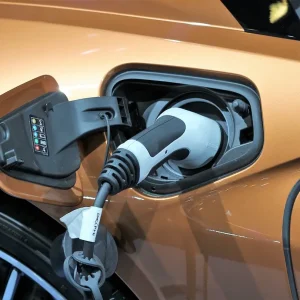The UK Government’s newly unveiled Industrial Strategy helps provide important signals about where fleets may be heading in the medium-to-long term, according to leasing specialist Arval.
The document, released two weeks ago, named the “future of mobility” as one of four “grand challenges” facing Britain in the 21st century.
It states that the country should aim to become a world leader in transport through innovations in engineering, technology and business models. The UK’s road network “could dramatically reduce carbon emissions and other pollutants (while) congestion could be reduced through higher-density use of road space enabled by automated vehicles”.
Mike Waters, head of insight at Arval, said: “It is clear that what the government envisages is a future for road transport – both people and goods – that makes maximum use of low emissions technology and, if not fully autonomous vehicles, then something close to them.
“This is a vision that, while not unexpected, shows the level of ambition that exists at the highest level. To bring about the kind of transport infrastructure being envisaged would require fundamental changes in everything from the fuel used by vehicles to how they are used.
“The question now is how the government plans to bring this about. Generally, the industrial strategy itself has been warmly received. Now we must see what additional steps are introduced to help make the ‘grand challenges’ a reality.”
Waters added that there were signs in the Budget that the Government is beginning to introduce some measures that will help contribute towards this future vision.
“The £400 million earmarked for the Charging Infrastructure Fund is a positive step in making EVs more of a practical proposition for all users and continued moves in this direction will, if maintained, help to have a substantial impact on vehicle emissions,” he said.
“The government itself is leading by example in this area by stating an aim of ensuring that 25% of all of its fleet vehicles will be ULEVs by 2022.”





